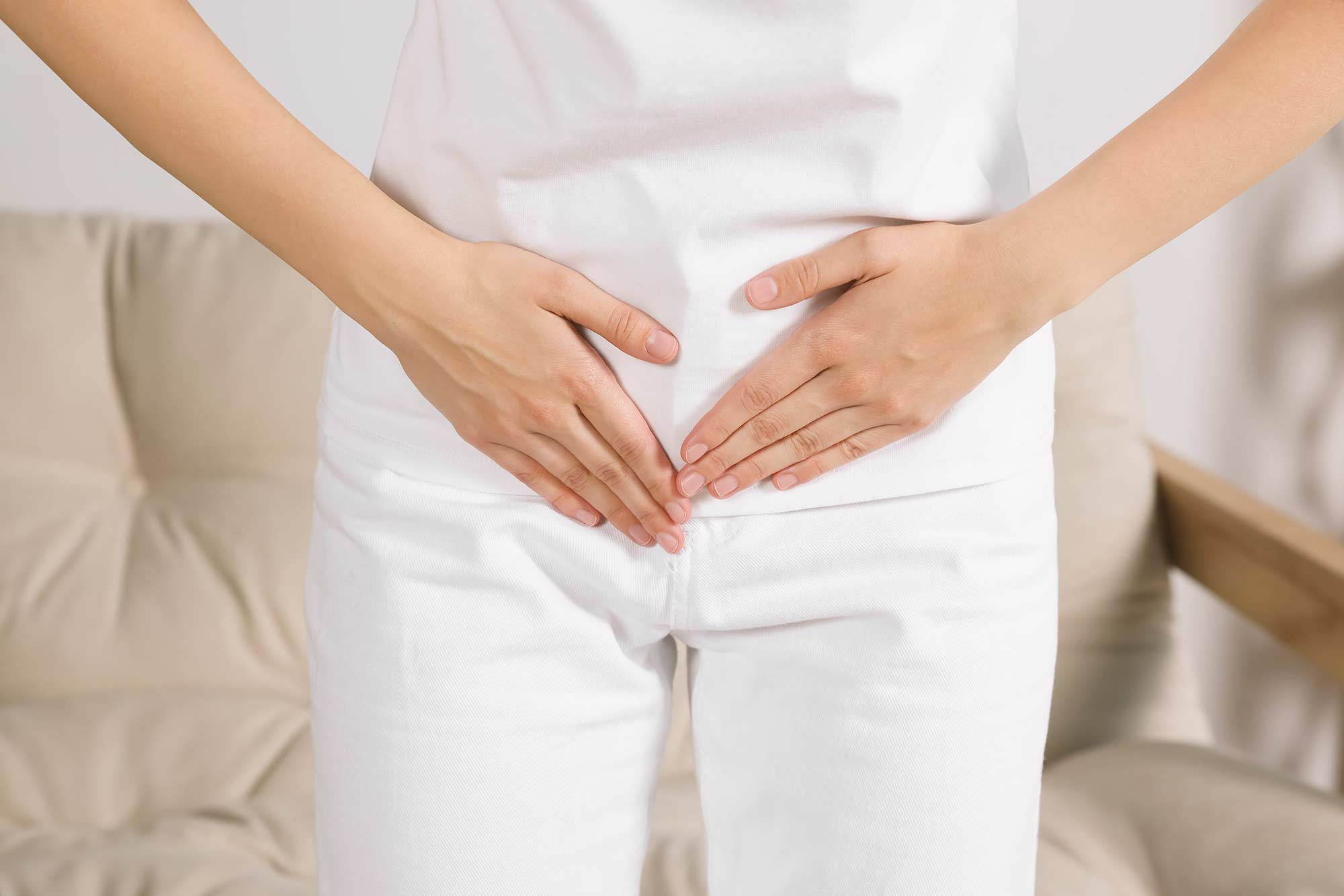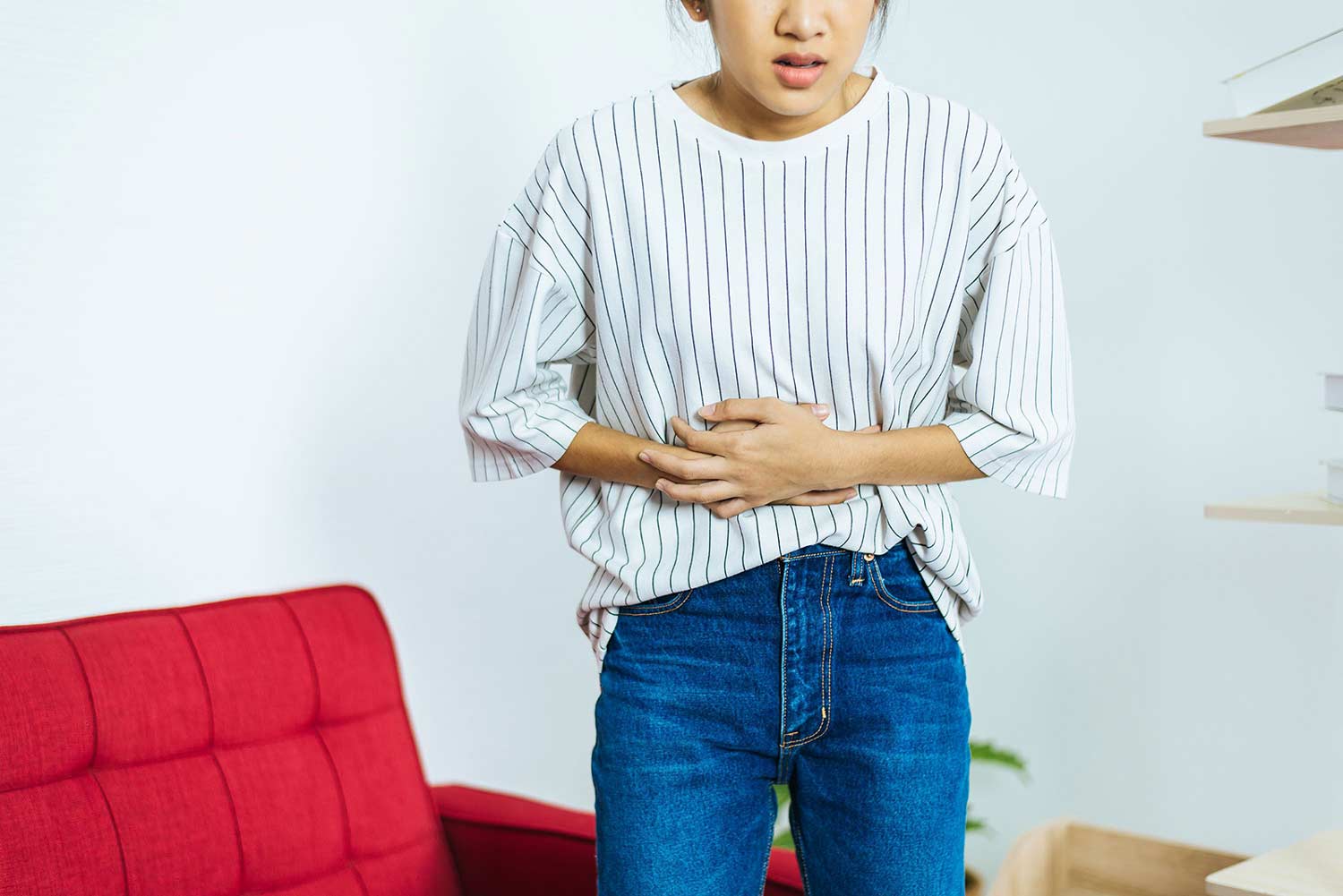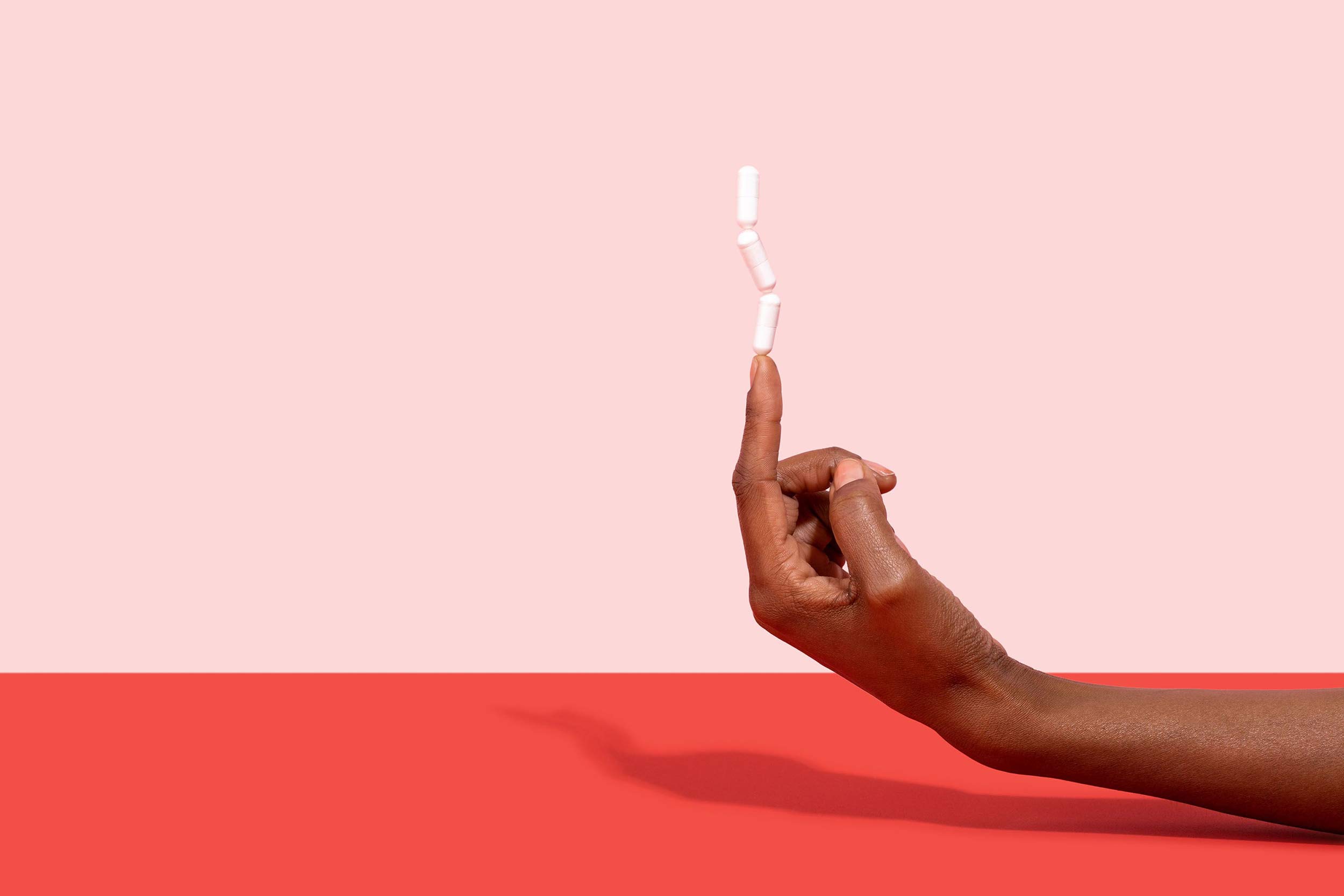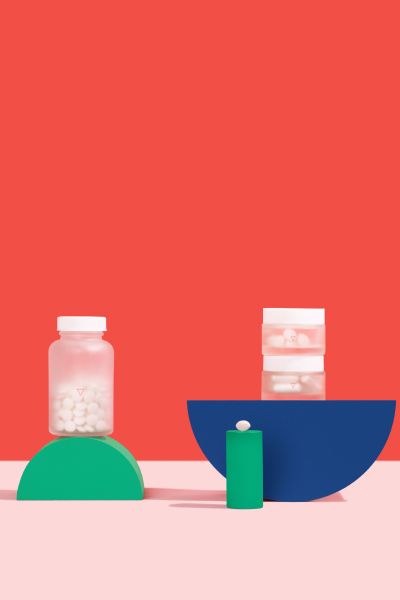
Yeast Infection Symptoms
What Are The Symptoms Of A Yeast Infection?
Yeast infections are one of the most common types of vaginal infections in the US. As many as 75% of people with vaginas will experience a yeast infection during their lifetimes and 8% of those will experience recurrent infections. Think you may be dealing with a yeast infection? The most common symptoms of yeast infection include:
- Pain while urinating
- Pain during sex
- Itching and soreness around the vulva and vaginal opening
- Red, swollen or sore vaginal tissues
- Vaginal discharge is common, but not guaranteed—when presenting, the discharge will be watery, white and clumpy
It can take a few days for antifungals to work their magic, and in the meantime you may be dealing with itching, inflammation, and irritation. Wisp's Calm Down! Instant Itch Relief for BV & Yeast is an easy and effective way to soothe uncomfortable symptoms and start feeling better instantly. It uses dual-action Hydrocortisone and Lidocaine to target itching and soreness so you don't have to wait for your meds to kick in. This prescription strength formulation was created by our Medical Team to be used in your most sensitive areas so you can feel confident in your symptom relief. Learn more about (Calm Down! Instant Itch Relief for BV & Yeast)[https://hellowisp.com/treatment/hydrocortisone-lidocaine-cream].
Yeast Infections are the second most common type of vaginal infection in the United States. — CDC.GOV
What causes a Yeast Infection?
Yeast infections are caused by a yeast that occurs naturally on our skin and bodies called “Candida.” Normally, this yeast coexists with the other bacteria in and on our bodies, living in the gut, mouth, throat, and vagina, or on our exterior skin. It typically doesn’t cause any problems and is actually important to our bodies’ overall microbiome (the microbes that help us perform functions like protecting against disease and digesting food). However, when the conditions inside the vagina change enough to encourage a high growth rate of Candida, the excess yeast causes an infection. This overgrowth typically occurs when the environmental balance of the vagina is thrown off—a change in the pH or a disruption of the bacteria that keep yeast in check can trigger yeast overgrowth. Have you ever experienced a yeast infection after taking a round of antibiotics? This is a common occurrence because antibiotics can kill off important vaginal bacteria that keep yeast from growing out of control. Many doctors will prescribe yeast infection medication along with antibiotics if you know taking a round of antibiotics will give you a yeast infection.
Is a Yeast Infection an STD?
Even though yeast infections are a condition that affects the vulva and vagina, it’s not considered an STD or STI. For some people, having sex may trigger a yeast infection, but these infections can also be caused by hormonal fluctuations, lifestyle changes, or even something as simple as a change in soap or laundry detergent. If you do find yourself regularly experiencing yeast infection symptoms after sex, you may want to try using a barrier method like condoms or dental dams with your partner if you aren’t already. Body fluids like sperm and saliva can affect the pH of your vagina and lead to a yeast infection.
You may also want to try a preventative treatment like Boric Acid. Boric Acid Suppositories are a natural remedy for yeast infections (meant to be inserted vaginally, not taken orally). They help maintain the pH of your vagina to help prevent it from being disrupted. They can be used after sex to mitigate those factors that may increase your risk of yeast infections and are gentle enough to be used as part of your regular routine.
Why am I getting a Yeast Infection every month?
People who are old enough to experience monthly periods (menstruation) are much more likely to experience yeast infections compared to younger people with vaginas who have not yet started menstruating. This is likely due to a number of different factors, but the hormonal changes that bring about menstruation can play a role in increasing yeast infection risk for some people. Among people who experience recurrent yeast infections, many report experiencing symptoms at the same time every month, in accordance with their menstrual cycle. High levels of estrogen can lead to Candida overgrowth and estrogen increases directly after your period. Yeast infections that occur before your period may be a result of changes in vaginal pH that happen during that time as part of your normal cycle.
While Candida does not produce infection under “normal” circumstances, injuries, illness, certain medicines, and stressful events can all trigger Candida overgrowth (more on this below). Due to the overlap of symptoms between yeast infections and other vaginal infections, a yeast infection can be easily confused with symptoms caused by BV and common STIs.
As with all reproductive health concerns, a doctor should always be consulted to prescribe an appropriate treatment. Insufficient care can lead to recurrence of symptoms or chronic infections.
Why am I getting a Yeast Infection?
Most of the time a yeast infection occurs, the exact cause remains unknown. However, there are some common factors that often predict the emergence of a yeast infection:
- Use of broad-spectrum antibiotics can increase your likelihood of developing a yeast infection in 25-33% of individuals
- Increased estrogen levels appear to promote Candida overgrowth, specifically when using an oral contraceptive (birth control pill) that is high in estrogen, during pregnancy, and during estrogen therapy
- Individuals with compromised immune systems tend to have higher rates of yeast infection, especially individuals with HIV or those taking corticosteroids
- Diabetes can increase your likelihood of yeast infections due to high blood sugar—people with diabetes are more likely to acquire a vaginal infection than those who do not have diabetes
There are also a few lifestyle changes you can make if you find yourself experiencing yeast infections often:
- Stick to cotton underwear. Cotton allows your skin to breathe and won’t trap moisture that can contribute to the growth of yeast and bacteria.
- Wash and dry off after exercising Like wearing cotton undies, staying clean and dry helps prevent yeast overgrowth.
- Try a probiotic. Taking a daily probiotic like our Reproductive Probiotics helps promote healthy vaginal flora and keep yeast in check.
How do I treat a Yeast Infection?
Treating yeast infection with over-the-counter remedies can prove effective in certain circumstances. However, you’re are more likely to resolve their symptoms quickly, spend less money, and experience less discomfort by seeing a doctor as soon as symptoms first appear. Typical infections will clear after a few days of treatment. However, itchiness or irritation around the vagina may linger after the infection is gone.
You'll probably want to avoid sex during yeast infection treatment. While yeast infections are not sexually transmitted infections, having sex while you have one can increase the chances of passing the yeast infection to your partner and causing recurring yeast infections that don't clear up easily.
Vaginal treatment of yeast infections can take the form of an antifungal cream that is applied to the vagina at bedtime. Length of treatment can take 1-7 days to clear common symptoms. Oral treatment is simple and straightforward, often only requiring a single pill, but also can take a few days to a week for symptoms to fully clear. You may require a second dose 72 hours after the initial depending on the severity of your infection.
- Anti-Fungal Medication (Fluconazole*) is used to clear acute symptoms quickly
- Boric Acid can be used to avoid recurrence, prevent new yeast infections, or soothe unpleasant symptoms while you wait for treatment to kick in
*Oral Fluconazole is a powerful prescription antifungal that treats your infections from the inside out. It’s not recommended to take during pregnancy due to the potential harm it can cause the fetus.
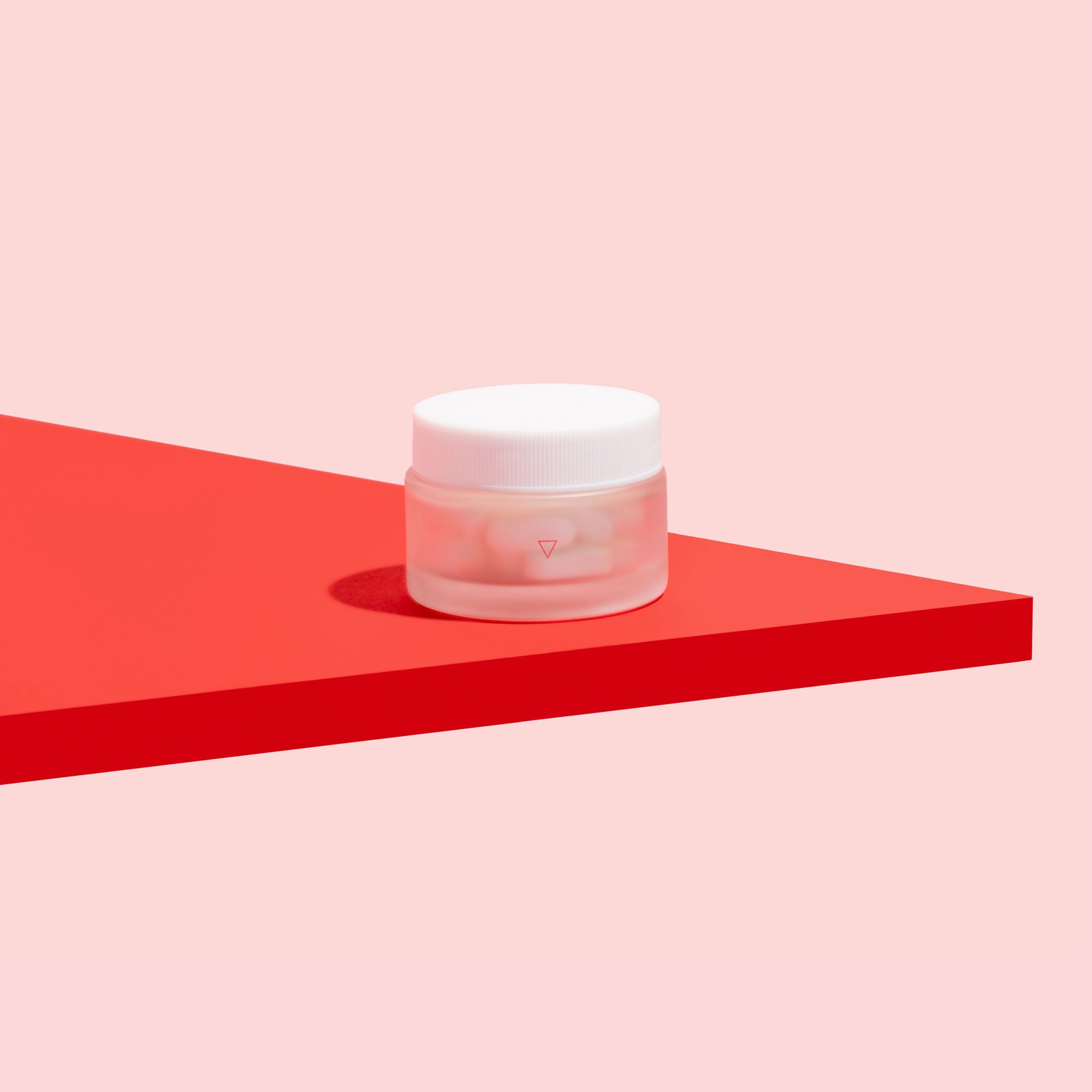
BV Antibiotics (Tablets or Gel)
Request topical or oral prescription antibiotics to treat bacterial vaginosis
Starting at $45.00
Get Started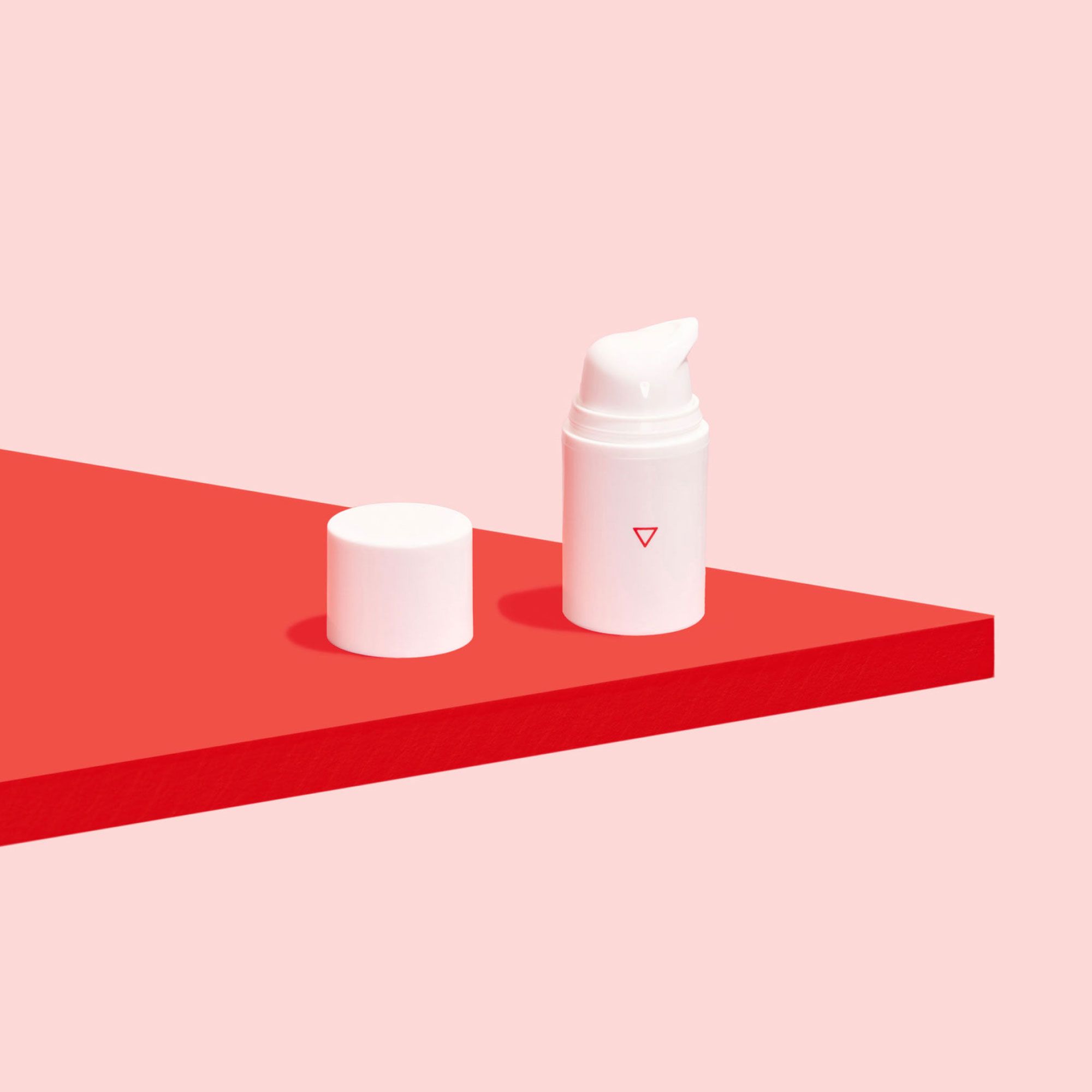
Calm Down! Instant Itch Relief for BV & Yeast
Prescription cream used to relieve uncomfortable symptoms of BV and Yeast.
$36.00
Get Started